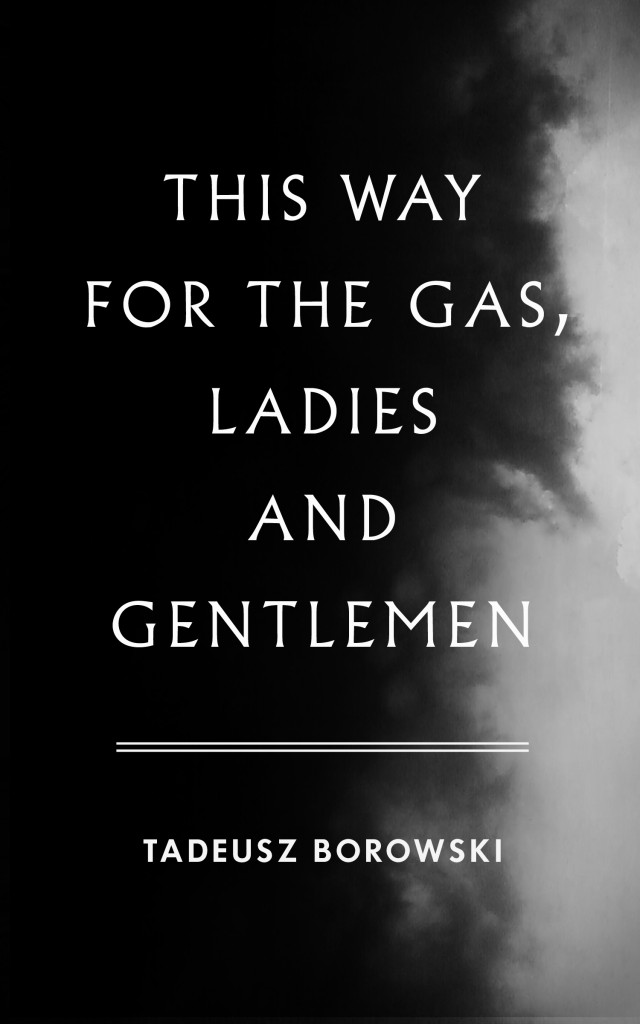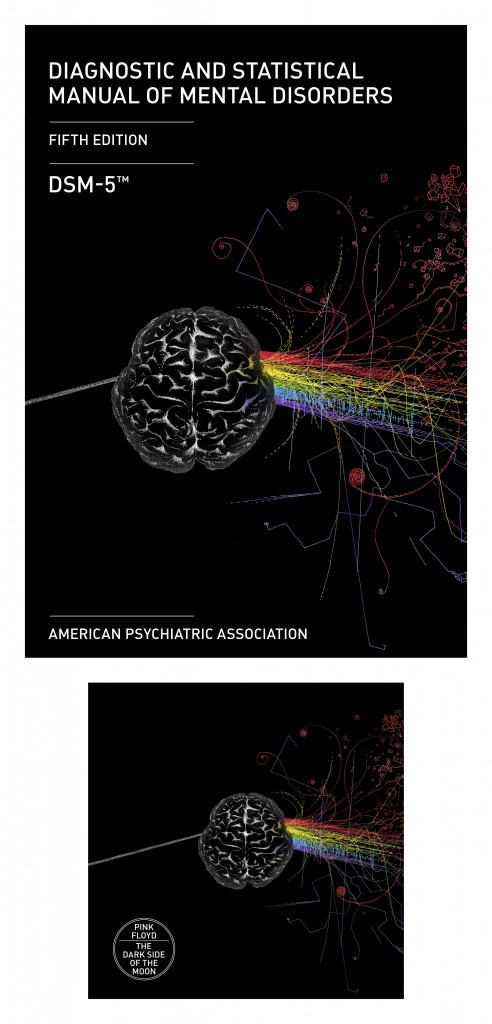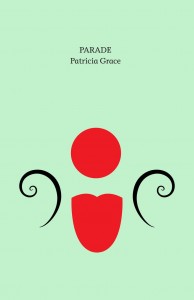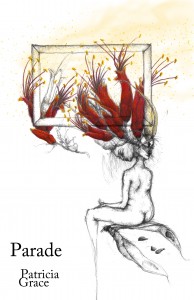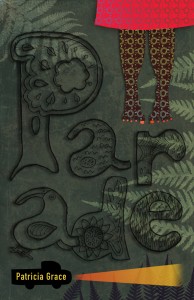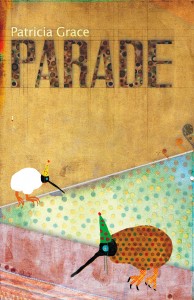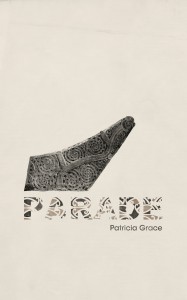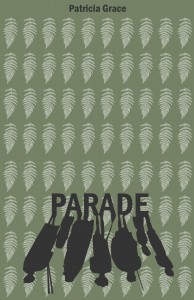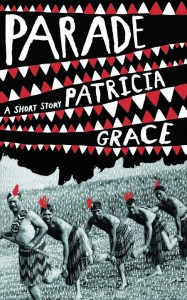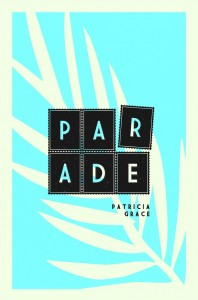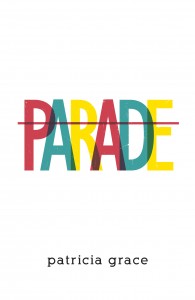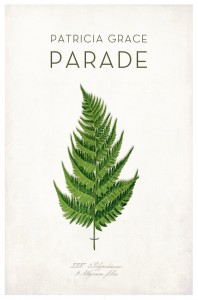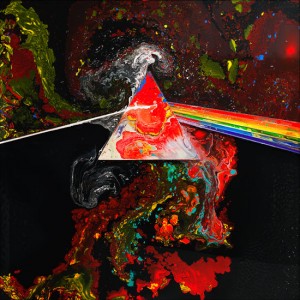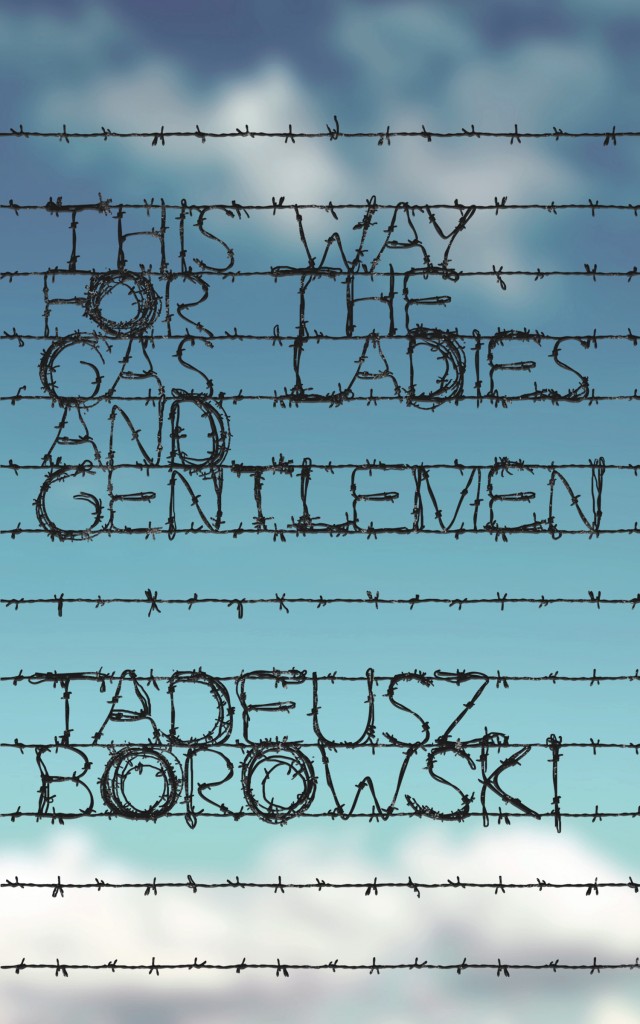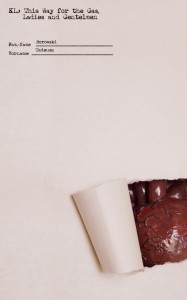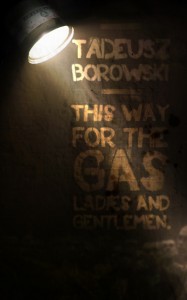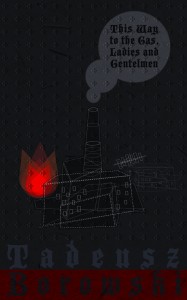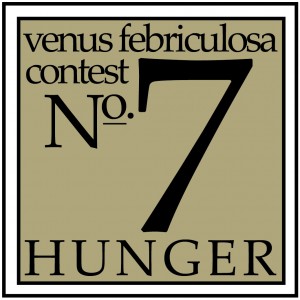 “The malnourished winter queues were eerily silent”
“The malnourished winter queues were eerily silent”
I’ve been reading Lidiya Ginzburg’s Blockade Diary (written during the 900-day Siege of Leningrad during the Second World War) on the heels of Tim Snyder’s excellent book Bloodlands: Europe Between Hitler and Stalin (where in addition to the Siege he discusses Stalin’s horrific 1932-33 famine-genocide in the Ukraine that killed, at a minimum, three million people and quite possibly many millions more) and filmmaker Sergei Loznitsa’s remarkable 52-minute Blokada (consisting entirely of silent black and white film footage found in Soviet archives to which Loznitsa meticulously added sound, creating an eerily immediate and ultimately devastating document about the death by starvation of approximately one million Leningraders between September 1941 and January 1944).
“hunger killed where grief had only wounded” Inferno, Canto XXXIII/75
In 1289, five men starved to death in a tower in Pisa./In 1981 ten men starved to death in the H-Blocks in Northern Ireland.
The above quote, from Dante, is a translation by Irish poet and Nobel Laureate Seamus Heaney (1939 – ) that appears in his poem “Ugolino” from his 1979 collection Field Work. My colleague and friend Marco Sonzogni, himself a translator of Heaney, recently brought it to my attention. “Ugolino” is his translation of lines 1-90 of Canto XXXIII of Dante’s Inferno (Here is an interesting essay on the Heaney translation) which tells the story of 13th century Italian nobleman Ugolino della Gherardesca who, along with his sons and grandsons, was imprisoned in a tower by Ruggieri degli Ubaldini, the Archbishop of Pisa and left to starve. Heaney possibly chose this portion of the Inferno to translate because the specter of hunger still looms large in Ireland, where in the 19th century the Great Famine killed a million people and sent another million scattering to other countries. Heaney himself has said he considered dedicating “Ugolino” to the hundreds of Irish Republican prisoners who, starting in 1976, when their Special Category Status as political prisoners was revoked, refused to wearing prison uniforms and instead chose to wear only blankets, and later refused to bathe after being assaulted on their way to the baths by prison guards. The “Blanket Protest” and the “Dirty Protest” was ultimately followed by the hunger strikes in which Bobby Sands and nine others died.
Today, according to the United Nations World Food Programme, hunger is by far the most significant health risk worldwide. One in six people, or 925 million suffer from not getting enough to eat day after day, and every year six million children in developing countries die from malnourishment. The myriad causes are often inextricably linked: war, poverty, political unrest and disenfranchisement, corruption, economic underdevelopment, famine, environmental overexploitation…
Marco had the wonderful idea to use the Dante/Heaney text in a poster contest to highlight awareness of world hunger. We are reaching out to a number of organizations and will work with one of them to make this contest part of its campaign against hunger. Our goal is to create a book of images and essays much like the This Way Project, the proceeds of which will go directly to that organization to alleviate hunger worldwide. Can a poster overcome complacence? Can it spur a distracted world to action? I recall the moment in 1999 when I read Peter Singer’s The Singer Solution to World Poverty in the New York Times Magazine and in fact its unassailable logic did spur me to action and it has affected me ever since. I’ve been in touch with Singer recently and, while he has no interest in judging a poster contest, he has agreed to advise us in our endeavor.
So here is the contest: To design a poster promoting awareness of world hunger that will spur us all to action!
Size: A2 420mm x594mm (approximately 16.5” x 23.5”)
Orientation: Vertical (Portrait) Only
Required Text: “hunger killed where grief had only wounded”
Deadline: 1 July 2011
Prize: 1200 USD
Jury: To be announced.
Here are the complete Hunger Contest Rules
Organizations:
Save the Children
OXFAM
United Nations World Food Programme
Welthungerhilfe
* * *
Ugolino
We had already left him. I walked the ice
And saw two soldered in a frozen hole
On top of other, one’s skull capping the other’s,
Gnawing at him where the neck and head
Are grafted to the sweet fruit of the brain,
Like a famine victim at a loaf of bread.
So the berserk Tydeus gnashed and fed
Upon the severed head of Menalippus
As if it were some spattered carnal melon.
“You,” I shouted, you on top, what hate
Makes you so ravenous and insatiable?
What keeps you so monstrously at rut?
Is there any story I can tell
For you, in the world above, against him?…”
(the reply)
…As I watched through a narrow hole
Moon after moon, bright and somnambulant,
Pass overhead, until that night I dreamt
The bad dream and my future’s veil was rent…
…They were awake now, it was near the time
For food to be brought in as usual,
Each one of them disturbed after his dream,
When I heard the door being nailed and hammered…
…Saying, “Father, it will greatly ease our pain
If you eat us instead, and you who dressed us
In this sad flesh undress us here again.”
So then I calmed myself to keep them calm.
We hushed. That day and the next stole past us
And earth seemed hardened against me and them.
For four days we let the silence gather.
Then, throwing himself flat in front of me,
Gaddo said, “Why don’t you help me, Father?”
He died like that, and surely as you see
Me here, one by one I saw my three
Drop dead during the fifth day and the sixth day
Until I saw no more. Searching, blinded,
For two days I groped over them and called them.
Then hunger killed where grief had only wounded.
When he had said all this, his eyes rolled
And his teeth, like a dog’s teeth clamping round a bone
Bit into the skull and again took hold.

